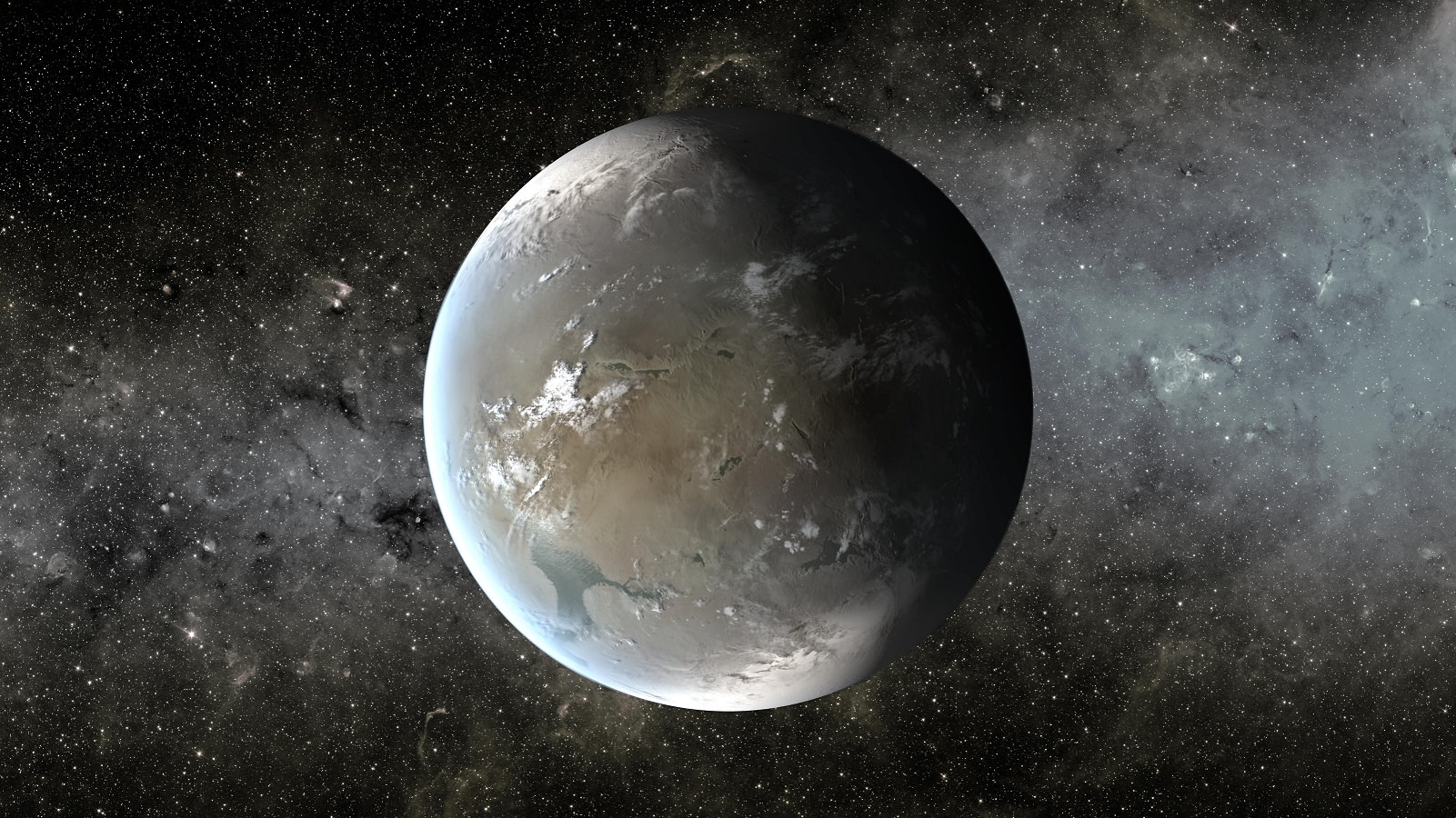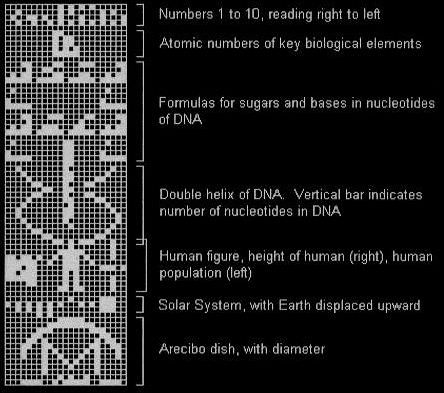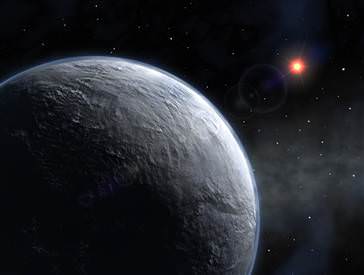When it comes to contemplating the state of our universe, the question likely most prevalent on people’s minds is, “Is anyone else like us out there?” The famous Drake Equation, even when worked out with fairly moderate numbers, seemingly suggests the probable amount of intelligent, communicating civilizations could be quite numerous. But a new paper published by a scientist from the University of East Anglia suggests the odds of finding new life on other Earth-like planets are low, given the time it has taken for beings such as humans to evolve combined with the remaining life span of Earth.
Professor Andrew Watson says that structurally complex and intelligent life evolved relatively late on Earth, and in looking at the probability of the difficult and critical evolutionary steps that occurred in relation to the life span of Earth, provides an improved mathematical model for the evolution of intelligent life.
According to Watson, a limit to evolution is the habitability of Earth, and any other Earth-like planets, which will end as the sun brightens. Solar models predict that the brightness of the sun is increasing, while temperature models suggest that because of this the future life span of Earth will be “only” about another billion years, a short time compared to the four billion years since life first appeared on the planet.
“The Earth’s biosphere is now in its old age and this has implications for our understanding of the likelihood of complex life and intelligence arising on any given planet,” said Watson.
Some scientists believe the extreme age of the universe and its vast number of stars suggests that if the Earth is typical, extraterrestrial life should be common. Watson, however, believes the age of the universe is working against the odds.
“At present, Earth is the only example we have of a planet with life,” he said. “If we learned the planet would be habitable for a set period and that we had evolved early in this period, then even with a sample of one, we’d suspect that evolution from simple to complex and intelligent life was quite likely to occur. By contrast, we now believe that we evolved late in the habitable period, and this suggests that our evolution is rather unlikely. In fact, the timing of events is consistent with it being very rare indeed.”
Watson, it seems, takes the Fermi Paradox to heart in his considerations. The Fermi Paradox is the apparent contradiction between high estimates of the probability of the existence of extraterrestrial civilizations and the lack of evidence for, or contact with, such civilizations.
Watson suggests the number of evolutionary steps needed to create intelligent life, in the case of humans, is four. These include the emergence of single-celled bacteria, complex cells, specialized cells allowing complex life forms, and intelligent life with an established language.
“Complex life is separated from the simplest life forms by several very unlikely steps and therefore will be much less common. Intelligence is one step further, so it is much less common still,” said Prof Watson.
Watson’s model suggests an upper limit for the probability of each step occurring is 10 per cent or less, so the chances of intelligent life emerging is low — less than 0.01 per cent over four billion years.
Each step is independent of the other and can only take place after the previous steps in the sequence have occurred. They tend to be evenly spaced through Earth’s history and this is consistent with some of the major transitions identified in the evolution of life on Earth.
Here is more about the Drake Equation.
Here is more information about the Fermi Paradox.
Original News Source: University of East Anglia Press Release







